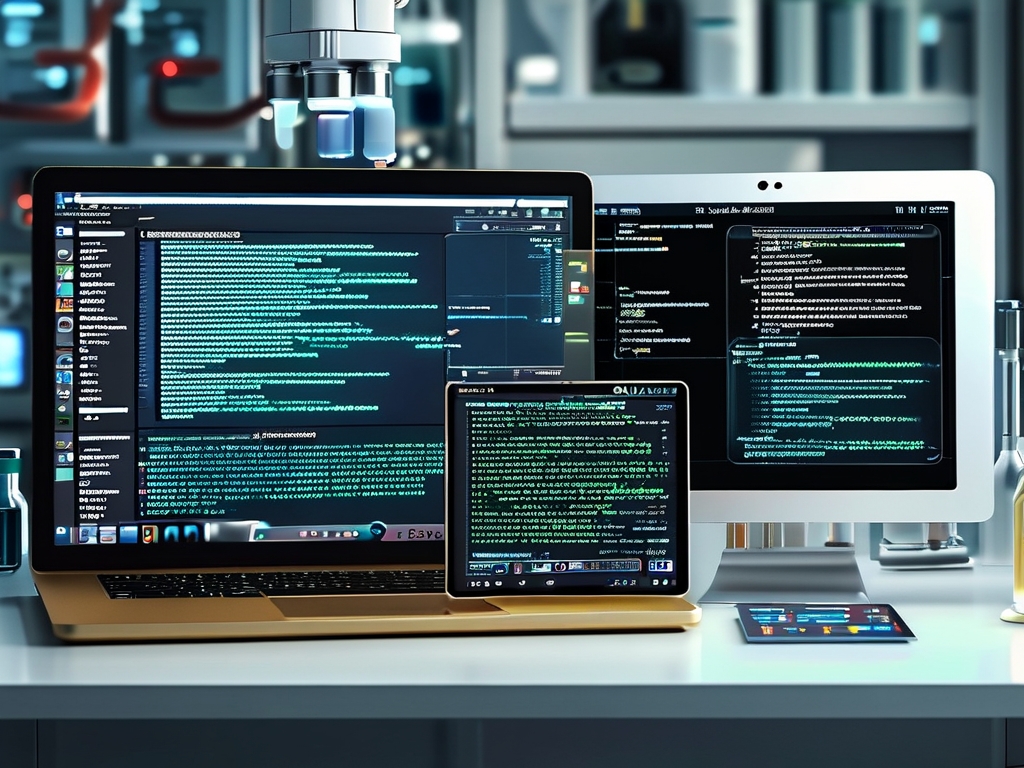The integration of embedded systems into healthcare has revolutionized diagnostics, treatment, and patient monitoring. Unlike traditional software development, embedded medical solutions demand specialized tools and frameworks to meet stringent safety, reliability, and regulatory standards. This article explores the core technologies and methodologies driving this niche field.

Hardware Platforms and Microcontrollers
At the heart of embedded medical devices lie microcontrollers (MCUs) and system-on-chip (SoC) architectures. ARM Cortex-M series processors, for instance, dominate wearable glucose monitors and portable ECG systems due to their low power consumption and real-time processing capabilities. For high-compute applications like MRI control units, Xilinx Zynq UltraScale+ MPSoCs combine programmable logic with multicore processors to handle complex algorithms. Developers often pair these with custom PCBs designed for medical-grade signal isolation and noise reduction.
Real-Time Operating Systems (RTOS)
Time-critical applications such as infusion pumps or defibrillators require deterministic behavior, making RTOS indispensable. FreeRTOS and VxWorks are popular choices, offering preemptive multitasking and memory protection. A cardiac monitor, for example, might use FreeRTOS to prioritize arrhythmia detection threads over routine data logging. Safety-certified variants like QNX Neutrino RTOS meet IEC 62304 standards for medical device software, ensuring audit-ready development processes.
Programming Languages and Standards
C and C++ remain the backbone of embedded medical coding, balancing performance with hardware-level control. MISRA C guidelines are frequently adopted to minimize runtime errors in life-critical systems. Python enters the workflow for prototyping AI-driven features—a recent trend seen in smart inhalers that predict asthma attacks using machine learning models. For FPGA-based designs, VHDL or Verilog handles hardware-software co-design tasks.
Regulatory Compliance Tools
Developing for healthcare mandates adherence to frameworks like ISO 13485 and FDA’s 21 CFR Part 11. Tools such as LDRA’s TBvision automate traceability from requirements to test cases, while static code analyzers like Klocwork enforce compliance with IEC 61508 SIL ratings. One case study involves a dialysis machine developer using Polarion ALM to maintain audit trails across a 10-year product lifecycle.
Wireless Connectivity Stacks
Modern devices rely on Bluetooth Low Energy (BLE) and Wi-Fi for cloud integration. A pacemaker with BLE might transmit data to a clinician’s tablet using Zephyr RTOS’s built-in stack. Security is paramount—TinyCrypt libraries implement AES-256 encryption on resource-constrained devices. The Nordic nRF5340 SoC exemplifies this dual focus, offering both BLE 5.3 and Arm TrustZone for secure firmware updates.
Simulation and Testing Environments
Before human trials, tools like MATLAB/Simulink simulate physiological responses. A team creating an insulin pump might model glucose dynamics in Simulink, then generate C code for deployment. Hardware-in-the-loop (HIL) testing with National Instruments PXI platforms validates embedded logic against synthetic patient data.
Future Directions
Edge AI accelerators like the Google Coral TPU are enabling real-time sepsis prediction in ICU monitors. Meanwhile, RISC-V architectures promise open-source customization for niche medical applications. As regulatory bodies evolve guidelines for AI/ML in devices, tools like ONNX Runtime will bridge embedded constraints with advanced analytics.
In , building embedded medical systems requires a toolkit spanning certified RTOS, safety-focused languages, and rigorous validation frameworks. Success hinges on balancing innovation with compliance—a challenge that continues to shape this vital engineering discipline.

